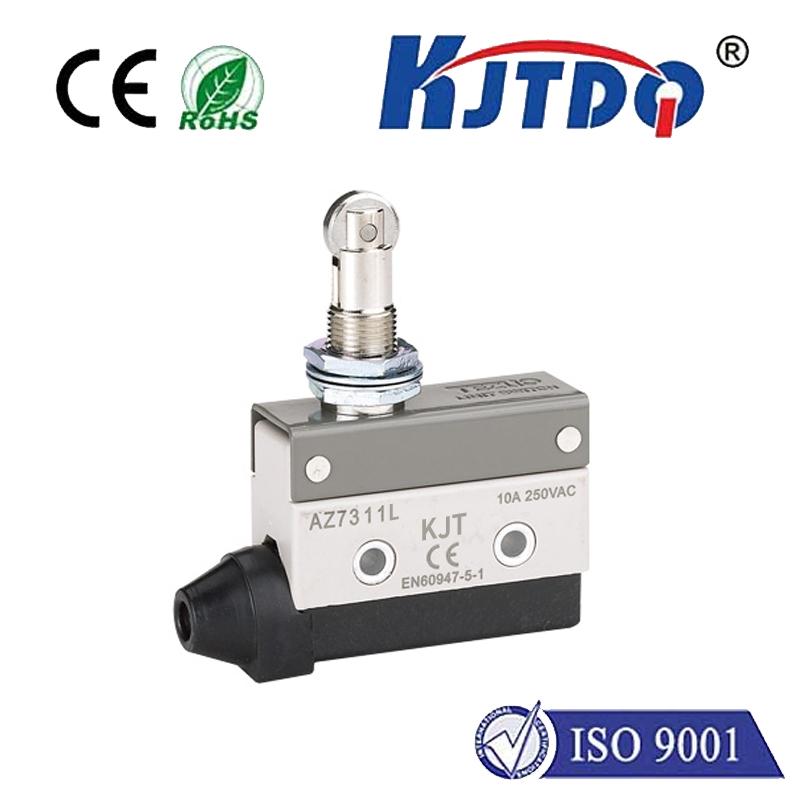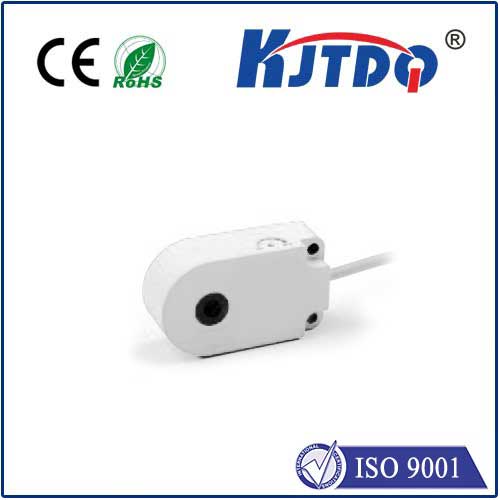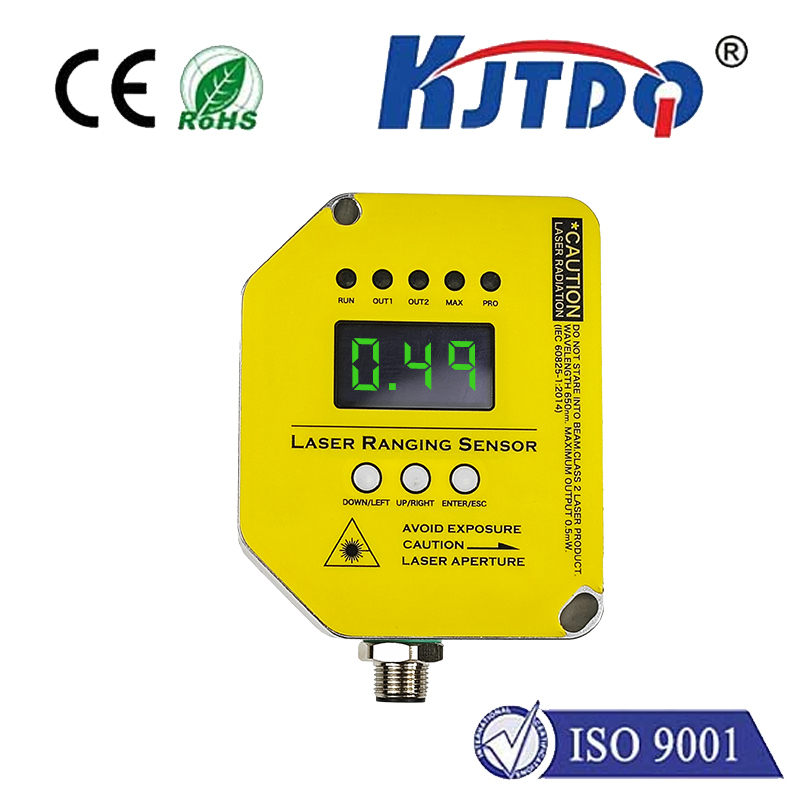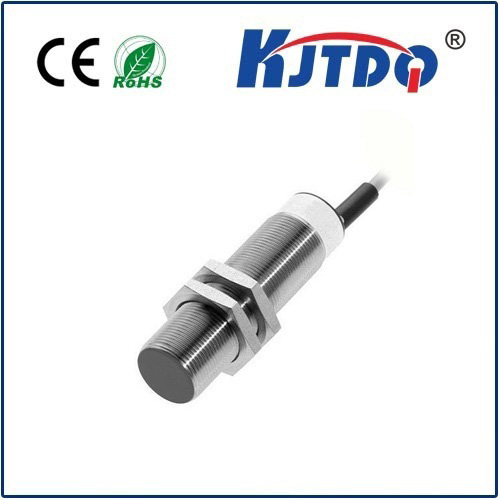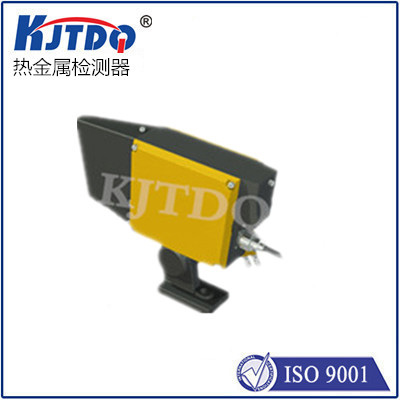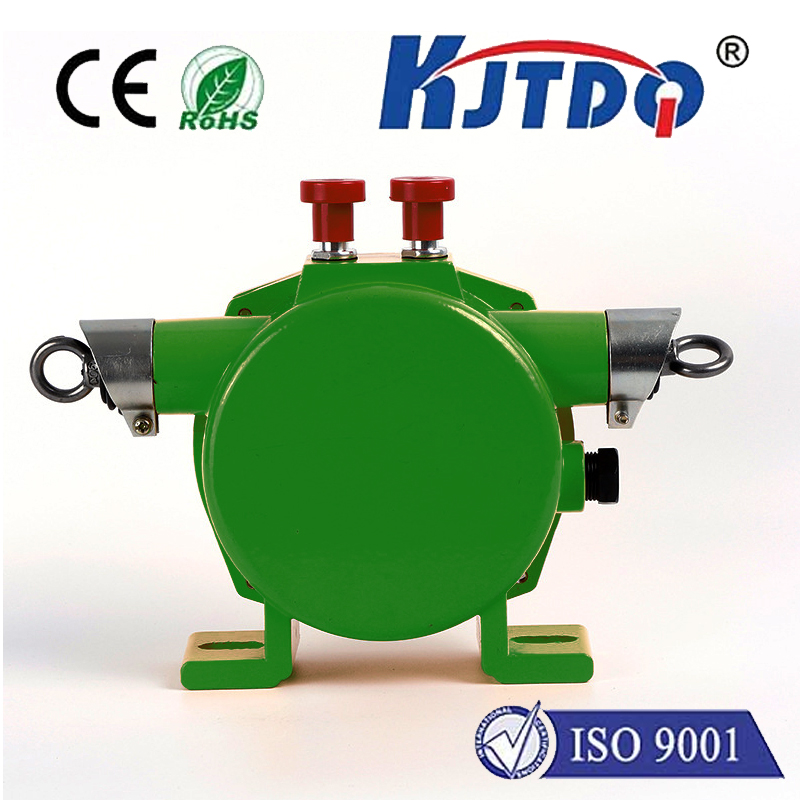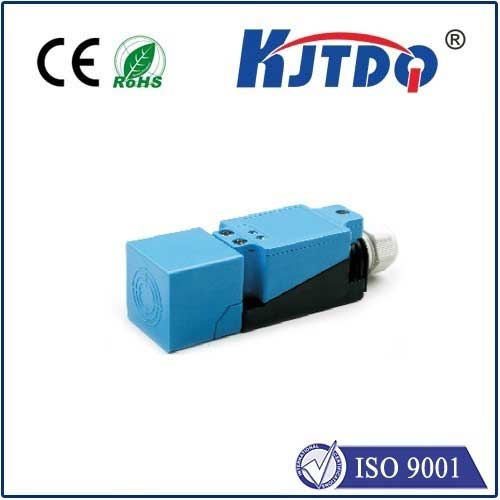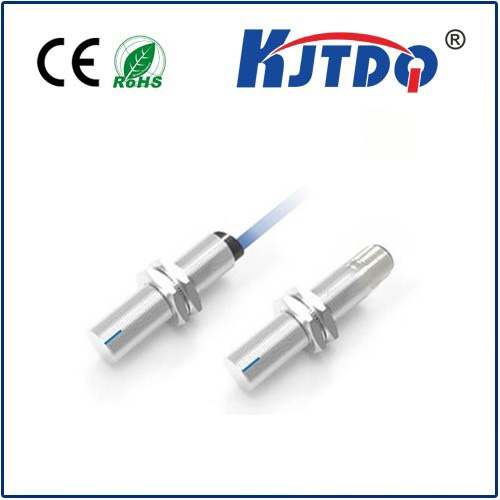

check

check

check

check

check

check

check

check

check

check
Title: Understanding Limit Switches and Their Importance in Control Systems
Limit switches are critical components in control systems, particularly in industrial automation. These devices are used to detect the position or limit of a switch or lever and send a signal to the control system to stop or adjust the operation accordingly. In this article, we will explore the basics of limit switches, their types, and their importance in ensuring safe and efficient operation of control systems.
1. What is a Limit Switch?
A limit switch is a mechanical device that is designed to trigger an output signal when its contacts come into contact with a certain surface. It can be found in various applications, such as elevators, industrial machinery, and laboratory equipment. The primary function of a limit switch is to provide feedback to the control system about the position or state of the switch or lever being operated.
2. Types of Limit Switches
There are several types of limit switches based on their operating principles and construction. Some common types include:
a) Contact Switches: These are the most basic type of limit switches, consisting of two metal contacts that come into contact when the switch is pushed or released. When the contacts are closed, a voltage or current is generated, which triggers an output signal.
b) Optical Limit Switches: These switches use light beams to detect contact between two mirrors or lenses. When the mirrors or lenses come into contact, they block the light, causing a circuit to open or close. This type of switch is generally more accurate than mechanical switches and can operate in harsh environments where dust or debris may interfere with the mechanical parts.
c) Pressure Limit Switches: These switches use pressure sensors to detect the presence or absence of a physical object against a sensitive surface. When an object presses against the surface, it creates a force that activates the switch, triggering an output signal. Some pressure limit switches also have adjustable settings to account for different levels of pressure.
d) Pneumatic Limit Switches: Similar to pressure limit switches, these devices use air pressure to detect contact between a sensitive surface and an object. When the object presses against the surface, it changes the air pressure inside the switch, opening or closing a circuit. Air pressure limit switches can be more reliable than other types of switches in extreme conditions where electrical contacts may fail due to moisture or extreme temperatures.
3. Importance of Limit Switches in Control Systems
Limit switches play a crucial role in ensuring safe and efficient operation of control systems by providing accurate feedback about the position or state of the switch or lever being operated. Without proper detection of the switch's limits, the control system may over-control or under-control the system, leading to damage, accidents, or incorrect results. Here are some specific benefits of using limit switches in control systems:
a) Safety: Limit switches help prevent accidents by stopping the system before it reaches dangerous situations or exceeds predetermined limits. For example, in industrial machines like conveyor belts and cranes, limit switches ensure that the machinery stops when someone or something gets trapped in the machine's path.
b) Accuracy: Detecting precise positions and limits allows control systems to operate more accurately and consistently. This ensures that processes run smoothly and consistently without unexpected variations or errors.
c) Reliability: Limit switches are designed to withstand various environmental conditions and wear and tear better than other types of sensors. This makes them more reliable and less likely to fail during operation.
d) Ease of Maintenance: Limit switches are relatively simple devices with few moving parts, making them easier to maintain and replace compared to other types of sensors. Regular maintenance ensures that the switches continue to function correctly and provide accurate feedback about their states.

